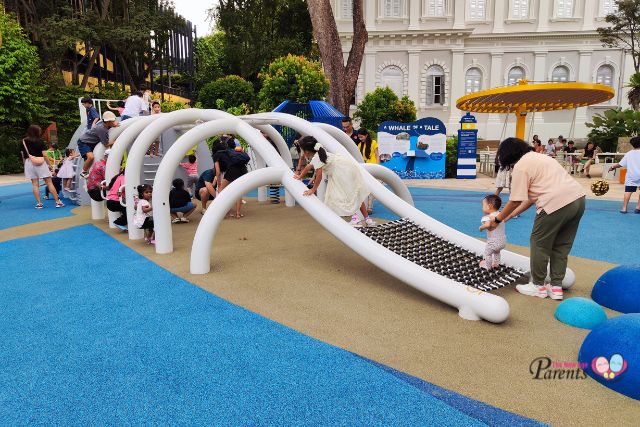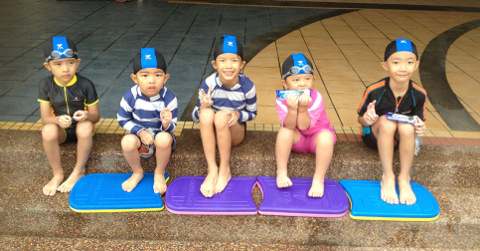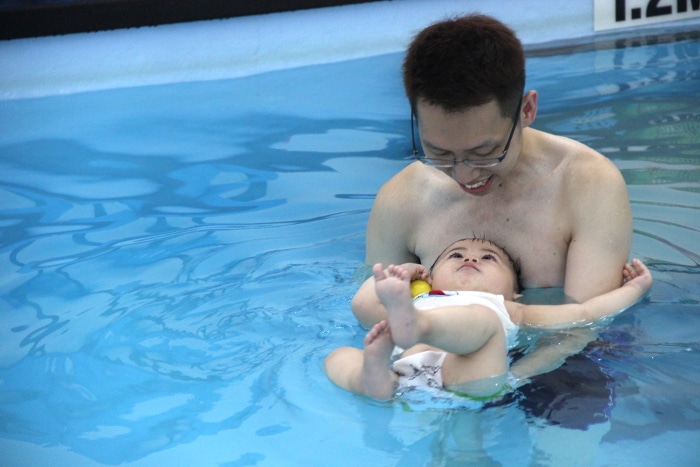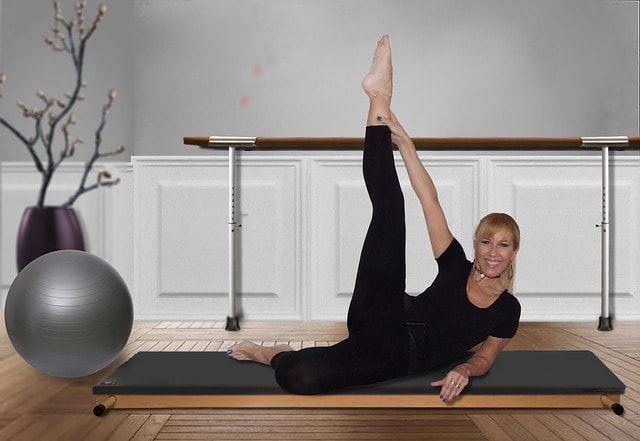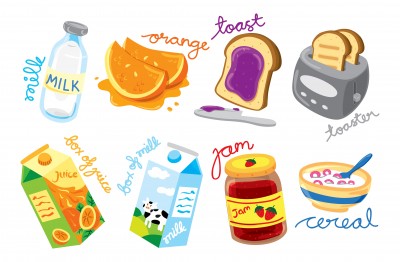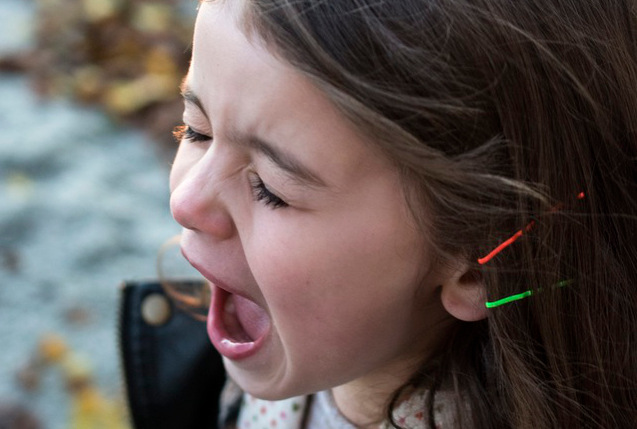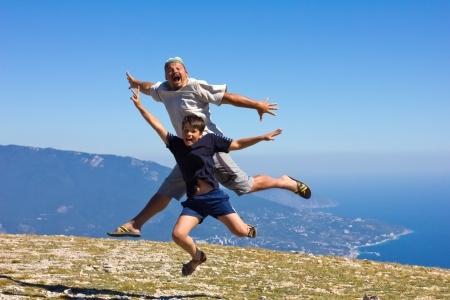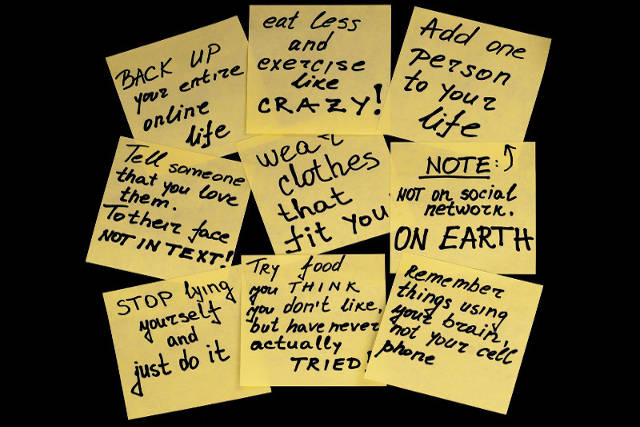Are babies natural born swimmers? Are they afraid of the water? Elena Lim, Director of Little Splashes Swim School shares how you can slowly trust and teach your baby to be confident in the water.
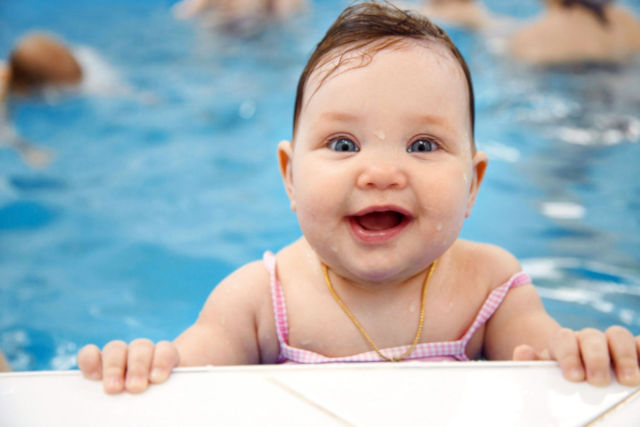
How Babies Can Swim
Start them young
Babies after six months of age are ready to be in the water. This is when their neck is more stabilised and their muscles are developed enough. Most babies would have also had their major vaccinations taken by that time. The younger you introduce your child to the water; the less fearful they will be.
Building your child’s confidence in water
Water confidence does not come overnight. The secret is to make it fun for your child when they are in the water. Introduce games and using toys is one way to help make the experience fun while being in the water. Assuring your child that the water is safe to play and swim in encourages them to explore the water and build their confidence.
Slowly condition them
Every child is born without water phobia. It is important to slowly condition your baby to be accustomed to the water before submerging them. For example, for first-time babies who have not been in the water, you can start by sprinkling water over their head, to familiarize them with the sensation of water flowing down their face and head.
Once they are comfortable with this, you can lay your baby flat on their back, with their face towards the ceiling and ears submerged in the water. This is to familiarize them with the sensation of water in their ears. Often, due to past traumatic experiences in the water, i.e. near drown incidents, children become afraid of being underwater. Parents may also unintentionally instill fear in their children when they keep focusing on the dangers of being in the water.
The submersion test
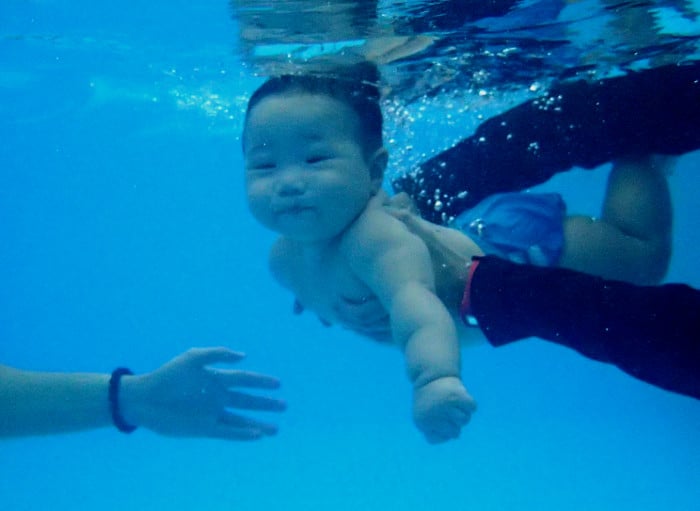
At Little Splashes Swim School, there is a specific test to ensure that the baby is ready to be submerged underwater. The “test” is done by showering the baby with water over their heads. If parents do not feel confident in doing the submersion on their own, trained instructions will demonstrate with their baby, and show the parents how it is done.
“Babies are very sensitive. If you are scared or anxious, your babies can feel it and be affected too. When a child cries after being submerged, we encourage parents to calm them down by hugging them close to their bodies, and reaffirm them that they are all right. Our instructors will then advise on the next submersion, or if that is enough submersion for the day.”
Baby swimming is not the same as baby spa
Many parents in Singapore are acquainted with baby spa. However, baby swimming is not the same as putting your baby in a tub or swimming pool whilst wearing floats. In such instances, these babies are not submerged underwater. Country to popular belief, babies can swim underwater. It just takes time and conditioning.
By Elena Lim, Director of Little Splashes Swim School.
* * * * *
Like what you see here? Get parenting tips and stories straight to your inbox! Join our mailing list here.
Running a service or business targeted for parents? Reach out to a wider audience in our Best Sports Classes For Kids compilation. Leave your contact details here and we will get in touch with you.























